There are $67 Billion Worth of Rare Minerals Buried Under the Ring of Fire
A remote area in Canada known as the “Ring of Fire” contains billions of dollars worth of precious minerals.
Located in the James Bay Lowlands of Northern Ontario, Canada, the Ring of Fire is said to hold vast amounts of “chromite, nickel, copper, platinum group elements, gold, zinc,” and other valuable minerals. The expansive plot of land spans 1,900 square miles and is believed to be one of the “most significant mineral deposits”’ in the country.
A Trove of Untouched Treasures
The Ring of Fire is a faraway region cut off from major roadways that lies nestled underneath swamp land and spruce forests.
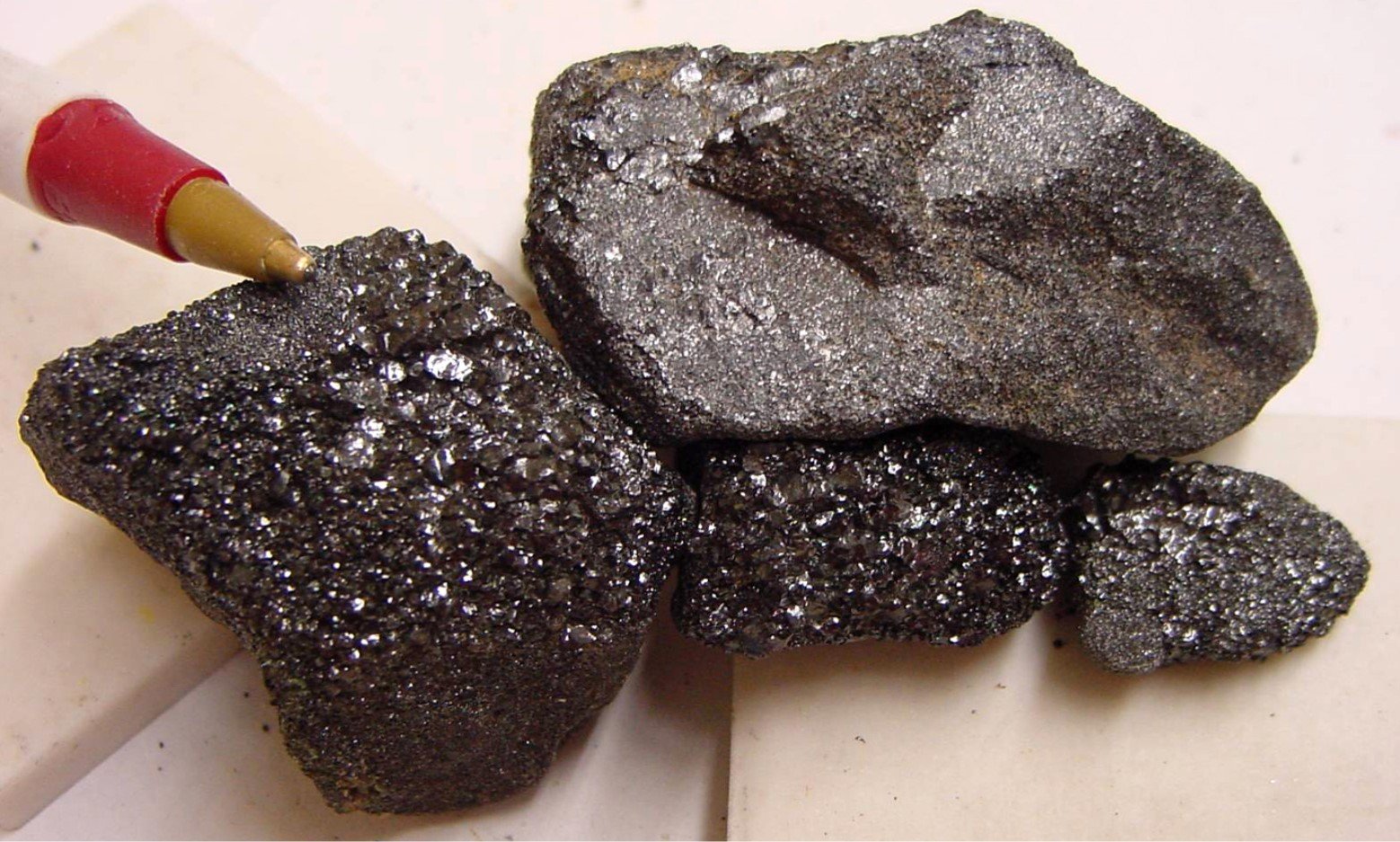
Source: Wikimedia Commons
It is a valuable asset to the Canadian government and the mineral industry, who view the plot of land as an “important untapped” resource. The Ring of Fire even contains essential metals that are frequently used to make batteries for electric-powered cars.
Digging Into the Ring Comes With Consequences
The minerals within the Ring of Fire are rare and valuable, but there is one big problem standing in the way of recovering millions of dollars worth of treasure. The minerals are buried beneath a “vast ecosystem” commonly referred to as “the breathing lands.”
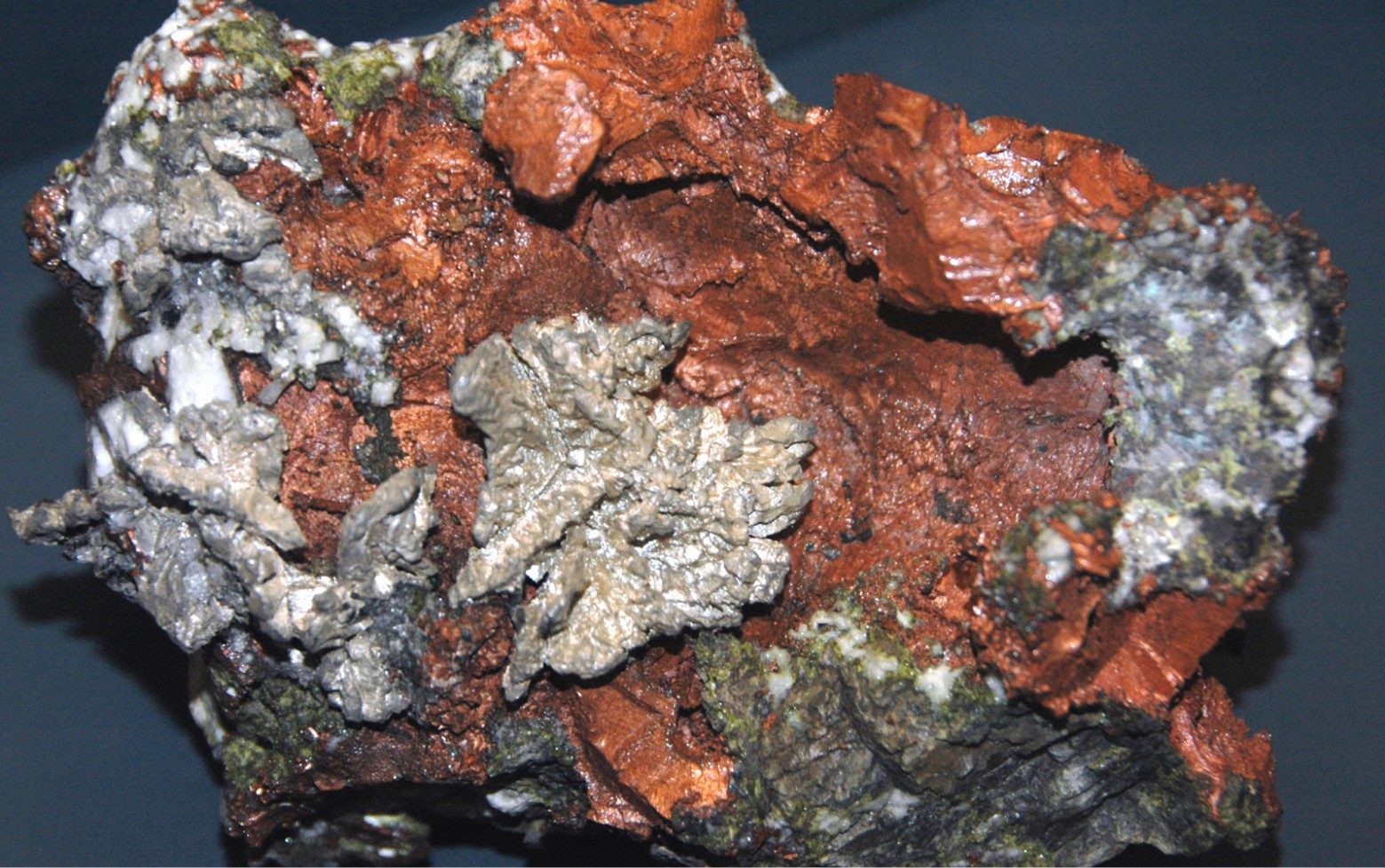
Source: Wikimedia Commons
These peat bogs hold more carbon than a large area like the Amazon rainforest. Digging down far enough to retrieve the minerals could cause exponential amounts of greenhouse gas to be released into the atmosphere, more than all of Canada emits in a full calendar year.
Climate Activists Have Legitimate Concerns
Needless to say, climate activists are concerned about the Ring of Fire being accessed in a quest to recover these highly sought-after minerals.
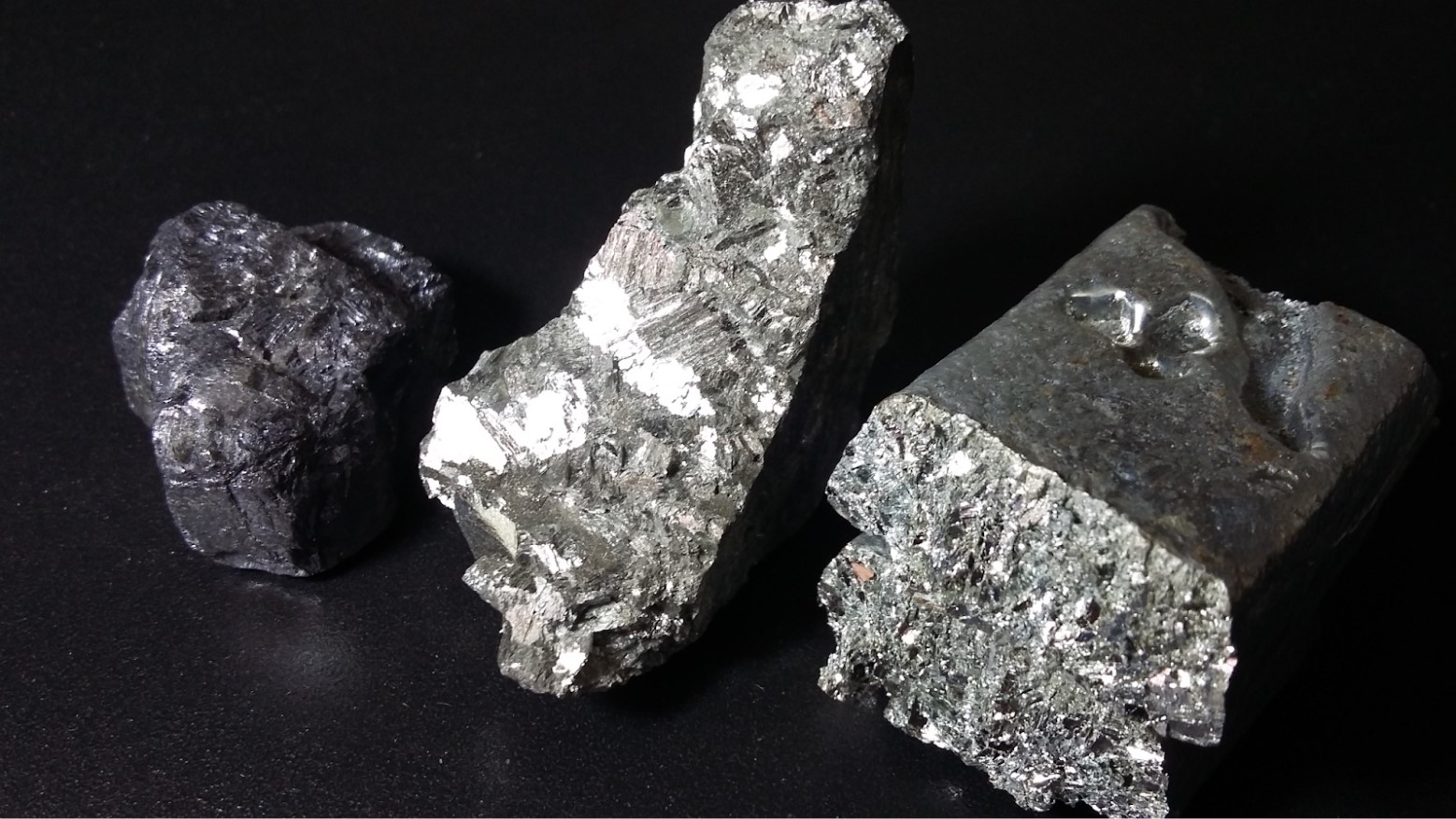
Source: Wikimedia Commons
With fears about climate change on the rise, breaking ground at the Ring of Fire could cause catastrophe as the site is a major source of emissions. More emissions could negatively affect the environment by contributing to pollution, climate change, and global warming.
The Ring of Fire Becomes a Hotbed Issue
Now, a debate has ensued over whether or not to access the area that contains billions of dollars worth of precious minerals.
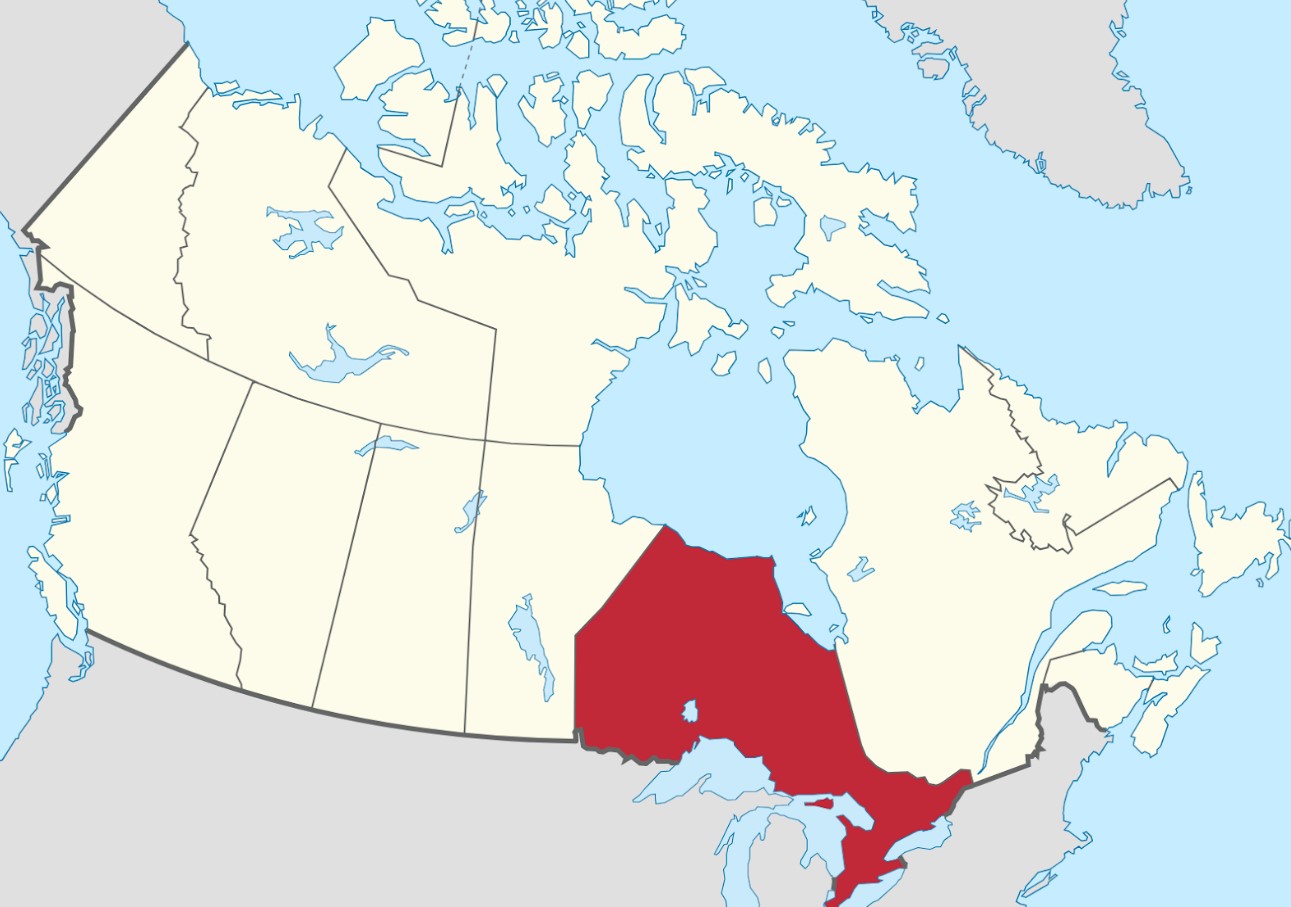
Source: Wikimedia Commons
The region, located 700 miles Northwest of Toronto, has been a point of contention between mining companies, climate advocates, and indigenous groups who have varying opinions over what to do. Going green, being environmentally sound, and practicing ways to limit global emissions have been promoted worldwide.
Ontario’s Premier Motivated to Start Digging
Doug Ford, the current premier of Ontario, is adamant about digging into the Ring of Fire. He is so passionate about moving forward, he has vowed to start breaking ground himself if nobody else is willing to do it.
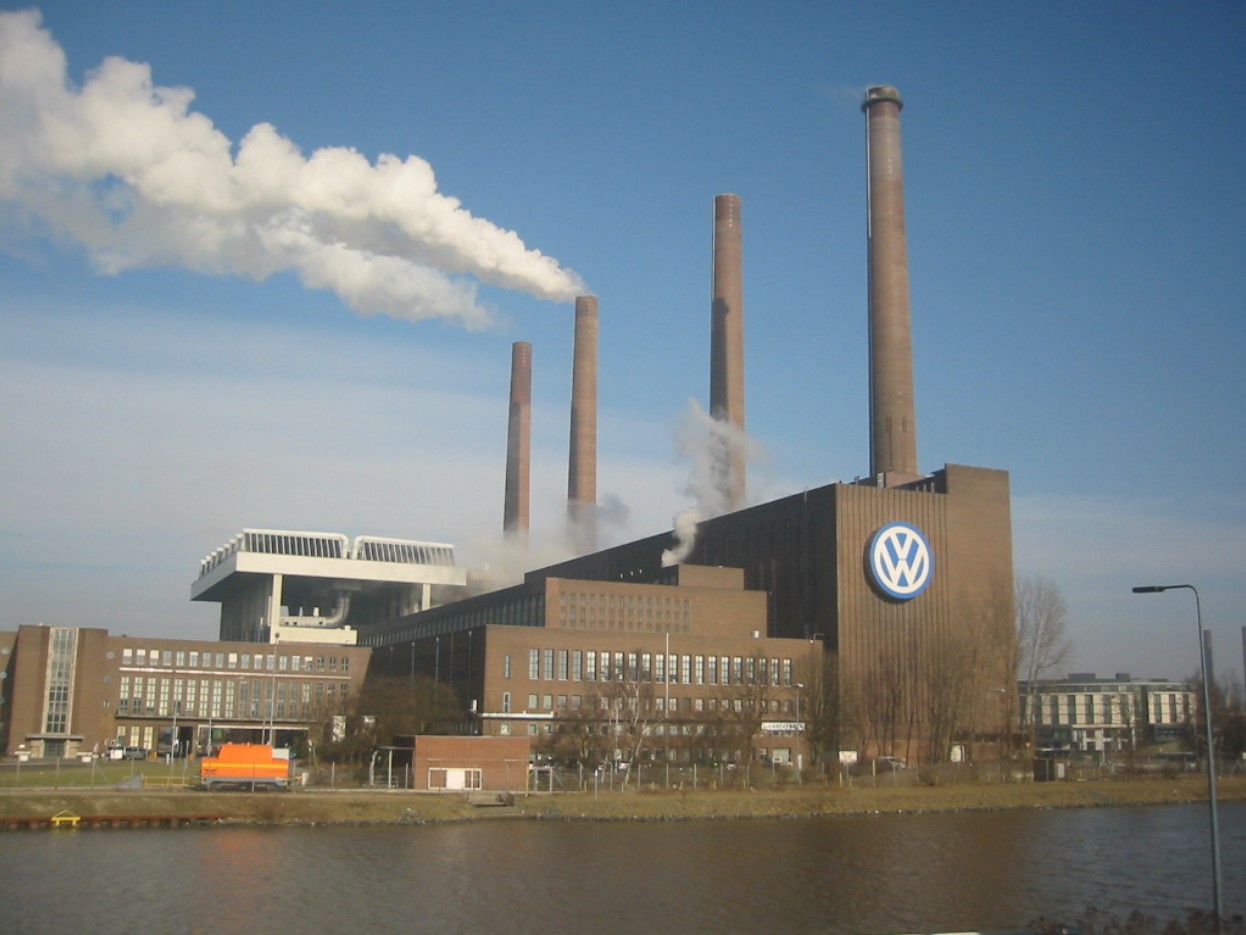
Source: Wikimedia Commons
“If I have to hop on a bulldozer myself, we’re going to start building roads to the Ring of Fire,” he said. Ontario has recently signed deals with major automakers Volkswagen and Stellantis, giving them the green light to open battery-making factories nearby.
Opponents Attempt to Halt the Development
However, many have vehemently opposed the idea of disturbing the area due to the underlying consequences. Indigenous groups have filed a lawsuit against the Ontario government to stop the development in Northern Ontario, specifically in the Ring of Fire.
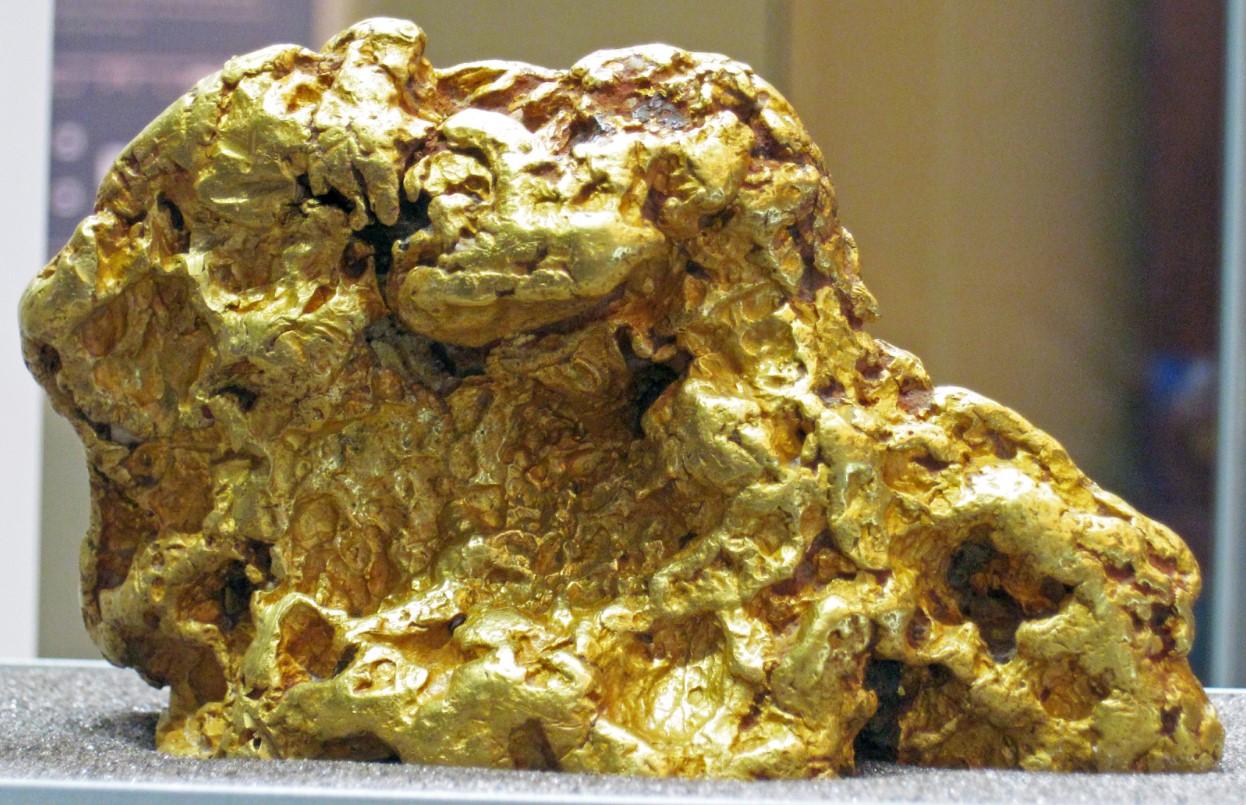
Source: Wikimedia Commons
Kate Kempton, an attorney representing the indigenous groups, has said the risks far outweigh the rewards when it comes to tapping into the Ring of Fire. “We are threatening to destroy so many forests and peat lands that eat the carbon out of the atmosphere. The impact could be catastrophic,” she said.
A History of the Ring of Fire
The Ring of Fire was formed three billion years ago. Today, the 1,900-square-mile stretch is bigger than the entire state of Rhode Island.
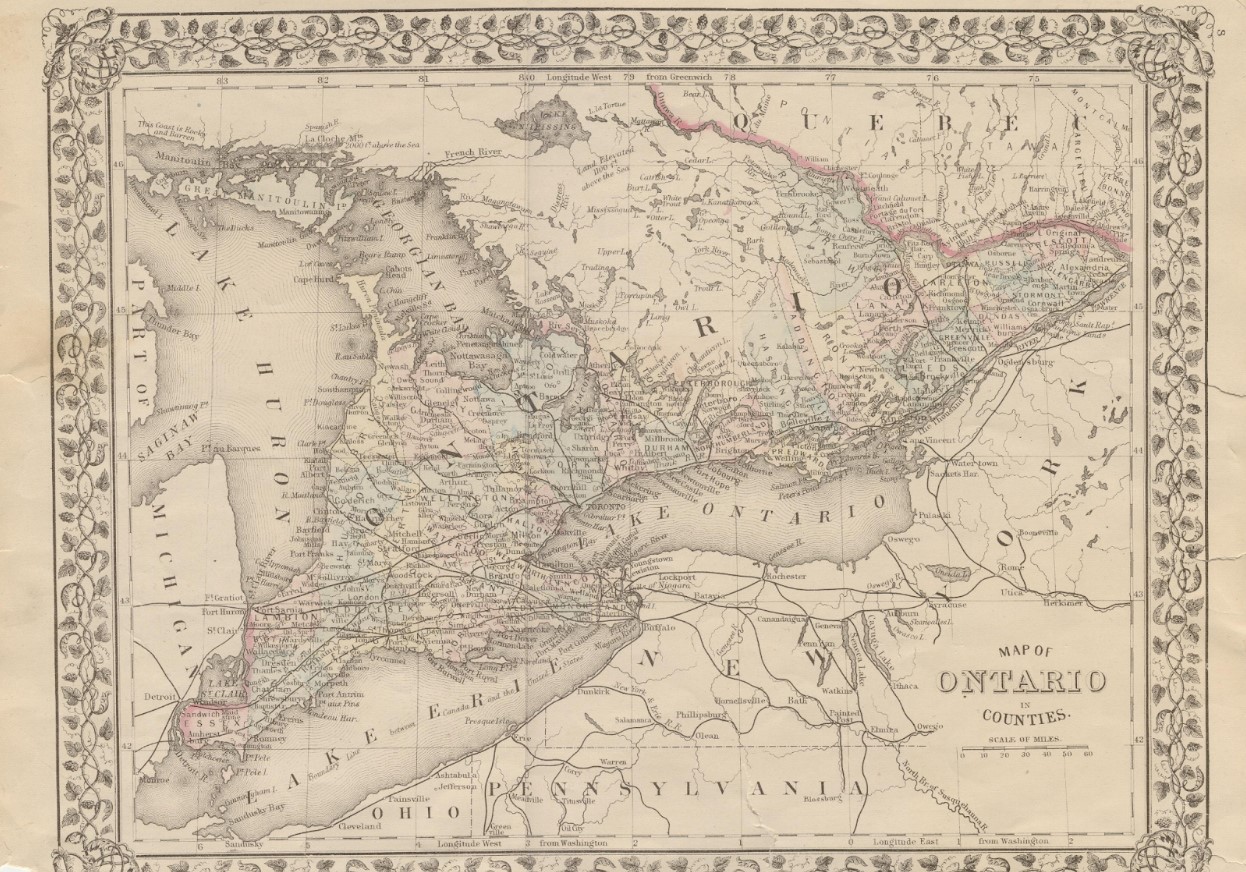
Source: Wikimedia Commons
The inner workings of the Ring of Fire are intricate, as shirting tectonic plates and miner-rich magma emerged from the Earth’s core. Interestingly, miners first discovered the area was full of minerals – such as nickel, copper, and chromite – in 2007.
‘World’s Largest Nickel Deposit’
The discovery of the Ring of Fire’s contents prompted several mining companies such as Noront Resources and Cleveland-Cliffs to want to search the area for valuable minerals.
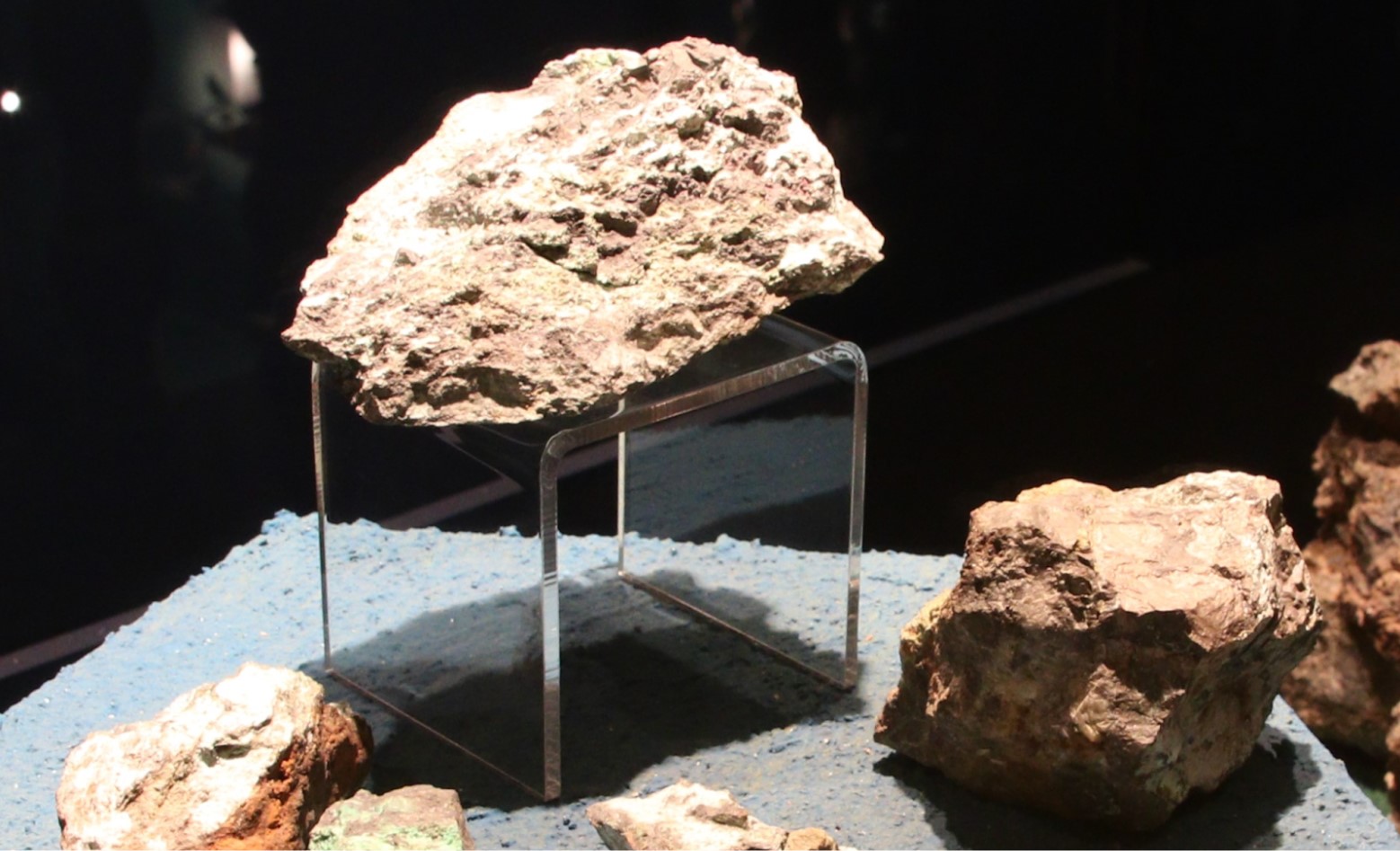
Source: Wikimedia Commons
Various factors halted the development of the region including high costs and the lack of roads leading to the Ring of Fire. The area also contains the world’s biggest nickel deposit, known as the “Eagle’s Nest.“ Australian billionaire Andrew Forrest insisted that the Eagle’s Nest is “the most valuable nickel deposit, undeveloped, in the world.”
Billions of Dollars Are on the Line
Wyloo Metals, the mining company acquired by Forrest, estimated that the Ring of Fire may be worth around $67 billion.

Source: Wikimedia Commons
Between the large quantities of nickel along with the deposits of platinum, palladium, copper, and chromite, the Ring of Fire is Ontario’s modern-day goldmine. The demand for metals continues to soar as they are imperative to the creation of electric vehicles and military equipment.
Nickel Is a Hot Commodity
Of all the valuable minerals, nickel has seen the highest demand. Global nickel use reached 3.16 metric tons in 2022, according to Benchmark Mineral Intelligence.
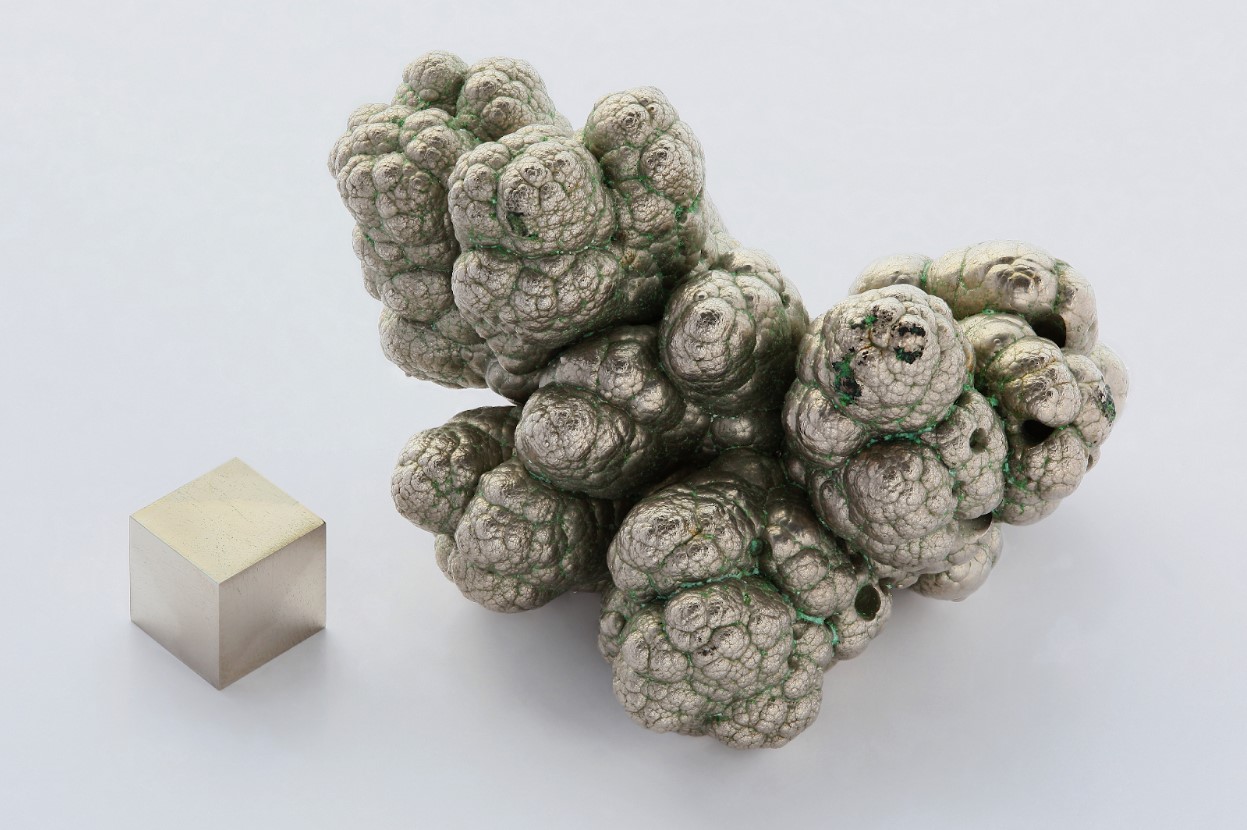
Source: Wikimedia Commons
If this trajectory continues, the demand for nickel will surge to 6.20 million tons by 2035. As an incredible amount of minerals are sitting within the Ring of Fire, dozens of mining companies are eager to access the remote region.
So, What Is the Right Move?
Simon Moores, chief executive of Benchmark Mineral Intelligence, has been outspoken in his opinions regarding the Ring of Fire. According to him, Canada would greatly benefit from allowing access into that specific part of Ontario.

Source: Wikimedia Commons
“Canada could be the world’s number one supplier of critical minerals if they get it right now,” he said. But are billions of dollars worth of minerals worth causing irreparable damage to the planet? Some would say yes, while others are strongly opposed to contributing to the already alarming rate of global warming.
